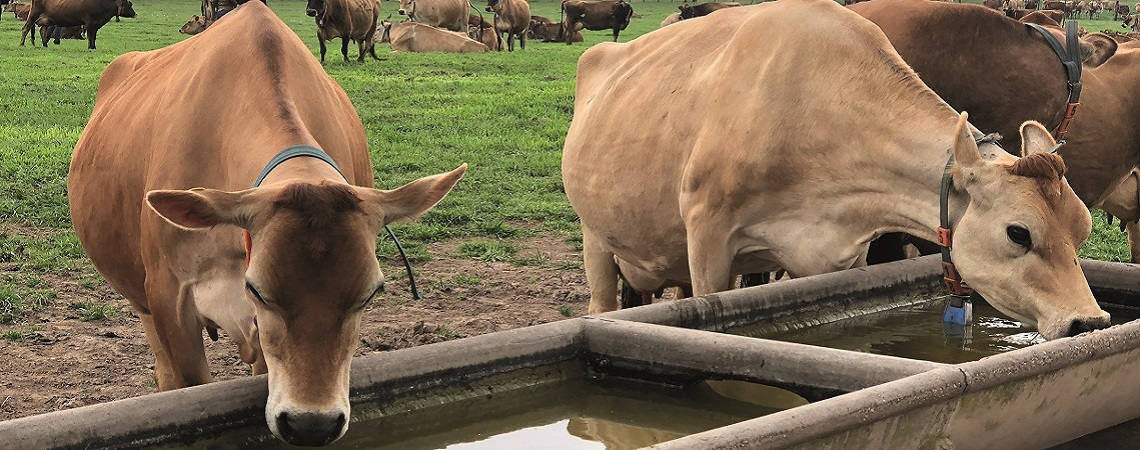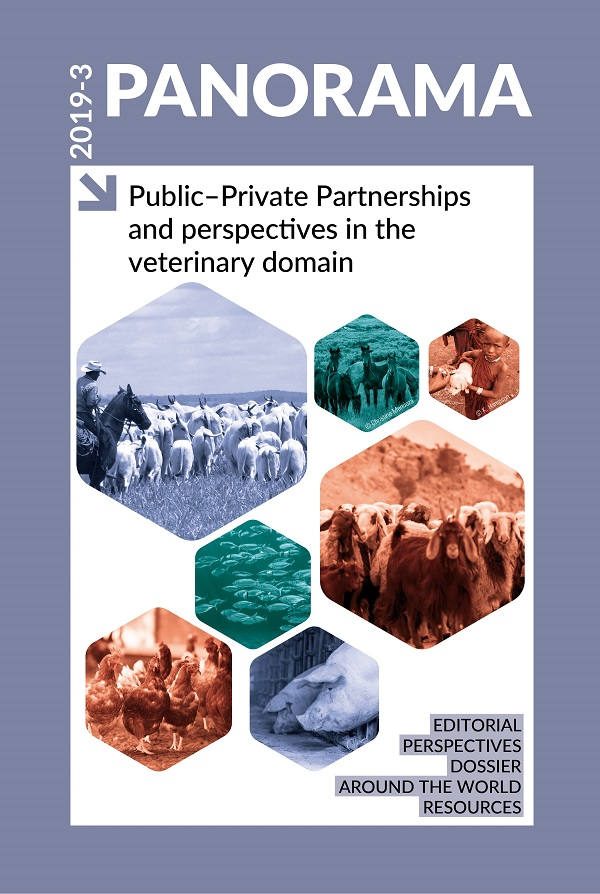Perspectives Posted on 2020-01-16 12:19:44
The role of public–private partnerships in the dairy sector
Keywords
Authors
C. Emond(1) & M. Sánchez Mainar(1)*
(1) International Dairy Federation.
* Corresponding author: msanchezmainar@fil-idf.org
The designations and denominations employed and the presentation of the material in this article do not imply the expression of any opinion whatsoever on the part of the OIE concerning the legal status of any country, territory, city or area or of its authorities, or concerning the delimitation of its frontiers and boundaries.
The views expressed in this article are solely the responsibility of the author(s). The mention of specific companies or products of manufacturers, whether or not these have been patented, does not imply that these have been endorsed or recommended by the OIE in preference to others of a similar nature that are not mentioned.
Control of antimicrobial resistance
Since antimicrobial resistance (AMR) is a complex issue that has the potential to affect all living beings, isolated interventions can only have limited impact. Coordinated public–private partnership (PPP) actions are needed to minimise the emergence and spread of AMR and its related impacts.
The IDF promotes prudent and responsible use of antimicrobial agents within the global dairy sector to ensure that they continue to be effective in keeping animals in good health. The IDF guidance on AMR [1] and on the prudent use of antimicrobial agents in dairy production [2] supports the harmonised implementation of the global strategies on AMR.
Control programmes for paratuberculosis
Paratuberculosis, caused by Mycobacterium avium subsp. paratuberculosis (MAP), is an example of disease control that requires a strong national control programme and collaboration among many stakeholders.
The IDF contributes to a PPP biannual forum to discuss the current state of paratuberculosis research and national control programmes [3]. Key drivers for the implementation of those programmes include growing concerns in the dairy sector about the zoonotic potential of MAP, the desire to be proactive in taking control measures at both the farm and processor levels, and the need to meet trade requirements.
Welfare of dairy animals
Good animal welfare practices benefit everyone, from the animals themselves and farmers to processors and consumers, and society as a whole. In 2019, the IDF, in collaboration with the World Organisation for Animal Health (OIE) and the Food and Agriculture Organization of the United Nations (FAO), released an updated IDF Guide to Good Animal Welfare in Dairy Production [4]. This PPP collaborative effort promotes the implementation of good animal welfare practices in dairy production at a global scale. It refers to key international standards and provides guidelines to help dairy farmers and milk processors to interpret and implement these standards, based on scientific evidence and expertise.
http://dx.doi.org/10.20506/bull.2019.3.3042
References
- International Dairy Federation (IDF) (2017). – Guidance on antimicrobial resistance from the dairy sector. IDF Factsheet 003/2017-05.
- International Dairy Federation (IDF) (2013). – Guide to prudent use of antimicrobial agents in dairy production.
- International Dairy Federation (IDF) (2018). – Proceedings of the 6th Paratuberculosis Forum. Bulletin of the International Dairy Federation No. 493.
- International Dairy Federation (IDF) (2019). – The IDF guide to good animal welfare in dairy production 2.0. Bulletin of the International Dairy Federation No. 498.












